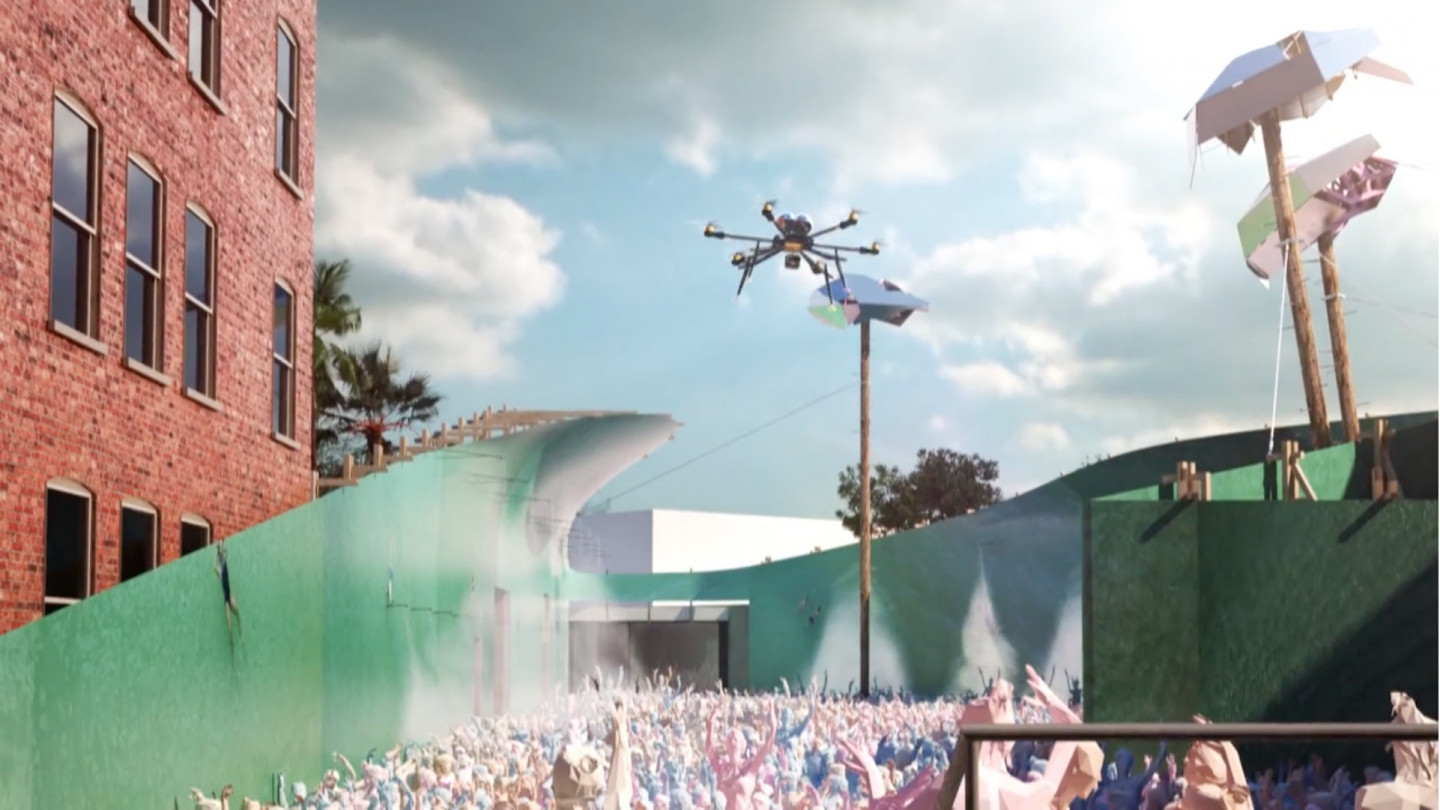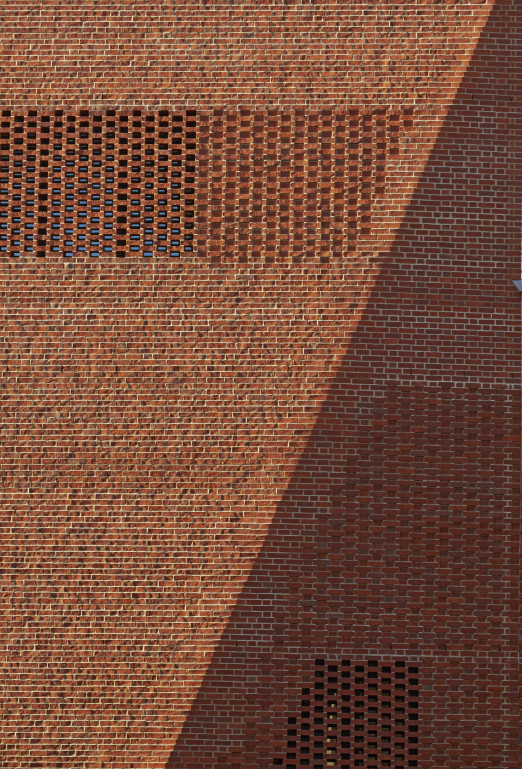Low Cost Solar Cell

Innovative technique to lower cost for LED lighting panels
In any innovation, there’s a great idea, execution, and then there is all the incremental innovation on the way that makes an exclusive product accessible – consider solar energy.
The photovoltaic effect was first observed by French Physicist Alexandre-Edmond Becquerel in 1839. English electrical engineer Willoughby Smith discovered the photoconductivity of selenium in 1873 while testing the conductivity of an underwater cable for telegraphs. American inventor Charles Fritts is considered to have invented Solar Cells back in 1883.
But one of the keys to the wider use of Solar Energy in building technologies is making solar cells affordable. The TREASORES project (Transparent Electrodes for Large Area Large Scale Production of Organic Optoelectronic Devices) is seeking to use flexible organic solar cells needing a limited amount of cheap materials manufactured roll-to-roll – like newspaper printing.
This Empa-led project (the Swiss Federal Laboratories for Materials Science and Technology), consists researchers from 19 labs and companies from five European countries is aiming to create low-cost production of optoelectronic devices such as solar cells and LED lighting panels.
Brick factories renaissance

Shortage of UK bricks coming to an end with new factories
Aside from panic-wracked parents at Christmas discovering empty shelves of Frozen Snow Glow Elsa, it’s rare that shortages come to the attention of the British public, but last summer the shortage of bricks in the UK made it onto BBC news. The credit crunch of 2008 resulted in over 30 brick factories being mothballed. But The Financial Times has just reported that, “British brick manufacturing rebounded 17 per cent last year, according to the Office for National Statistics. Production grew to more than 1.8bn bricks for the first time since 2009, and a further increase of 400m bricks is expected this year.” Another sign that the shortage maybe consigned to the past is that Wienerberger, the world’s largest clay products manufacturer has re-opened its brick factory in Ewhurst and according to the company will “contribute to an increase in Wienerberger’s brick production by 200 million units annually – the equivalent of approximately 25,000 new homes.”
>
Building sprawl – a political battle in a divided America
How house building signals a deeper cultural divide in the US
There’s a fascinating debate in the US around demography, architecture and development planning. The Atlantic magazine reports on developments in Las Vegas, where builders are resisting the sustainability trend (and the advice of ‘smart growth’ advocates) for constructing compact, walkable communities near existing infrastructure, in favour of ‘Sprawl’. The Atlantic quotes Steve van Gorp, a Las Vegas development consultant and member of the Congress for New Urbanism, who says the Las Vegas builders couldn’t get buyers for the kinds of houses van Gorp wanted them to sell. “The market wouldn’t bear it – people just wanted to have traditional single-family houses out here.”
Plus, a Tea Party influenced group called Resist 21 – named against the UN’s Agenda 21 on sustainable building and planning – have been agitating against what they argue is a United Nations strategy looking “to transform America from the land of the free to the land of a collective.”
Just as the politics of America is deeply divided between Red and Blue states, the Atlantic speculates that in the near future this political divide will be reflected in cities’ planning and building development. “People in cities such as Washington D.C., Boston, and Seattle, will want more walkable developments, while consumers in what Leinberger [Chris Leinberger, a land-use strategist and senior fellow at the Brookings Institution] calls ‘the laggards,’ including Phoenix, Dallas, and Las Vegas, will continue to live in sprawling suburbs.” It’s a reminder that sustainable development is more than a material, spatial or even political challenge, it is a cultural one that is connected to our personal and social identity.
To read Shima Hamido's paper "A longitudinal study of changes in urban sprawl between 2000 and 2010 in the United States" click here
Drones, Apple and the future of construction
The overview of the new Apple complex offers a glimpse of drones in construction
Disciples of the Church of Apple have been given a tour of the tech company’s Campus 2 project, via Apple Insider’s drone. The building, designed by Foster + Partners is described by wiki ‘Neo-Futurism’, while others dub the bulding’s ring-shaped structure the ‘Spaceship’. But a large Jony Ives degree of imagination is required by the viewer as the drone sweeps over the site – the most Apple-like feature is the carefully designed curvilinear pile of dirt, though the building’s emergent underground theatre with a capacity for 1,000 is also visible.
The janus-faced technology of Drones (part anonymous assassin, part friendly Robo-Postie in Amazon’s Octocopters) is fast becoming an essential experimental toy in architecture and engineering. The entry of MoMA PS1 Young Architect Finalist Brillhart Architecture, was titled Drones’ Beach, “a multisensory installation that explores the boundaries of space and seeks to transform the MoMA PS1 courtyard as a whole…The ground has been transformed to suggest pink sand, while four “nest-infested” palm trees tower above the space, providing landing spots for camera-equipped recreational drones.”
But the drone is more than the latest must-have accessory for architect’s parties. The Federal Aviation Administration (FAA) who operate strict controls on drones, recently granted approval for four infrastructure firms the use of unmanned aircraft systems (UAS). They include St. Louis-based design-build contractor Clayco, and Dayton, Ohio–based civil engineering firm Woolpert.
All very good for measurement and planning, but what about construction? Swiss architects Gramazio and Kohler’s Flight Assembled Architecture project for the Frac Centre in Orleans featured “over 1.500 modules which are placed by a multitude of quadrotor helicopters, collaborating according to mathematical algorithms that translate digital design data to the behavior of the flying machines…Within the build, an architectural vision of a 600m high “vertical village” for 30’000 inhabitants unfolds as model in 1:100 scale.” So is the future of the drone as a flying brickie’s mate? Perhaps, but only if drones are programmed to make unfeasibly strong pots of glutinous semi-solid tea.

